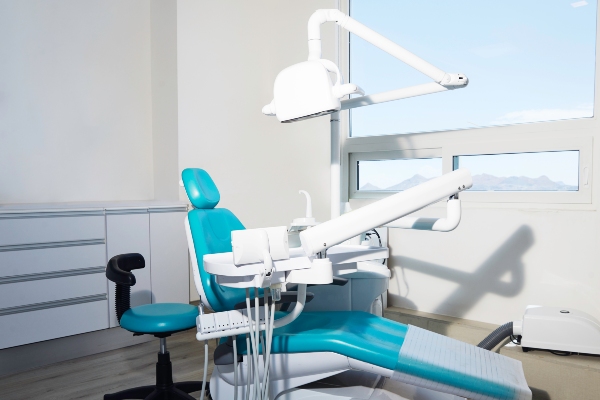When is a Dental Bridge Recommended to Replace a Missing Tooth?

A dental bridge is one of the tooth replacement options a dentist might recommend to restore missing teeth and a patient’s smile. Regardless of the cause of tooth loss—injury, tooth decay or an oral health condition—tooth loss can make eating inconvenient and might even affect a patient's confidence. Once in place, a dental bridge will improve the appearance of teeth and ensure full dental functions for many years.
Overview of dental bridges
A dental bridge is a tooth replacement option to consider when one or more teeth are missing. As the name implies, a dental bridge connect the gap left by missing teeth. Different types of dental bridges are available, but the most common ones are traditional bridges and implant-supported bridges.
Traditional bridges and implant-supported bridges are somewhat alike – both have two crowns and one or more prosthetic teeth (pontic). The difference is that a traditional bridge holds the pontic in place with nearby dental crowns, and an implant-supported bridge is connected to dental implants.
When is a dental bridge recommended?
Fitting a traditional dental bridge is a non-surgical procedure, which makes this tooth prosthetic suitable for most people who have lost one or more teeth. A dentist will recommend a dental bridge after consulting with the patient. Some of the conditions for determining eligibility include:
Loss of one or more teeth: anyone who has lost one or two teeth but still has healthy teeth present next to the gap can get a dental bridge. When more than three teeth are missing, the patient will need a more stable solution, like an implant-supported bridge or dentures. If more than one tooth is missing, but not enough to require a full set of dentures, the patient will be better off with a conventional dental bridge.
When surgery is not an option: if a patient is not healthy enough to undergo surgery or simply does not like surgical procedures, a dentist will recommend a dental bridge to restore dental function and appearance.
When a quick tooth replacement is necessary: installing a traditional dental bridge requires only two dental appointments, which makes it a quick alternative for restoring dental function.
Usually, anyone looking to replace a lost tooth with a dental bridge should not have gum disease. Likewise, any adjacent teeth that will be used to support the bridge should be checked for decay and other problems before placing the bridge. Even though oral health conditions will not disqualify a patient, they should be addressed first to reduce the risk of complications after placing the bridge.
The advantages of choosing a dental bridge
The dental bridge procedure has its benefits. Going to the dentist to replace lost teeth with dental bridges is a quick way to restore oral function and help patients feel more confident by gicing them a complete smile. Since the process is noninvasive, recovery requires minimal downtime, and patients can start using the dental bridge as soon as the process is complete.
Final note
Tooth loss should not stop you from living normally and enjoying life. To know if you are eligible for a dental bridge, book a consultation appointment with the general dentist.
Request an appointment here: https://www.ohiocosmeticdentists.com or call Ohio Cosmetic Dentists at (614) 503-5240 for an appointment in our Columbus office.
Check out what others are saying about our services on Yelp: Read our Yelp reviews.
Recent Posts
A tooth abscess is an infection that begins in the mouth and can spread to other body regions. Gum disease and tooth decay are often the outsets of a spot. A tooth abscess is much more likely in those with poor oral hygiene habits. Anyone experiencing the condition should visit the emergency dentistry office as…
An emergency dentistry facility can treat mouth injuries right away. The treatments aim to reduce discomfort and prevent any lasting complications. Many different dental traumas happen to people every day. Learn how a trained dentist can help, so you can become more determined to look for the nearest facility in your area.Here are the details…
Implant supported dentures are hybrid restorations that combine dental implants with dentures as a solution for missing teeth. Traditional dentures are the most economical way to replace missing teeth, but these devices are prone to shifting in the mouth. This can lead to sores forming inside the cheeks and the dentures falling out when eating…
You may require emergency dentistry services if you experience severe discomfort, severe bleeding, tooth damage, swollen gums, or extreme tooth sensitivity. If one or more of these symptoms exist, you should contact a local dentist offering emergency services to find the appropriate action to take.The following reviews the most common signs that indicate a dental…


